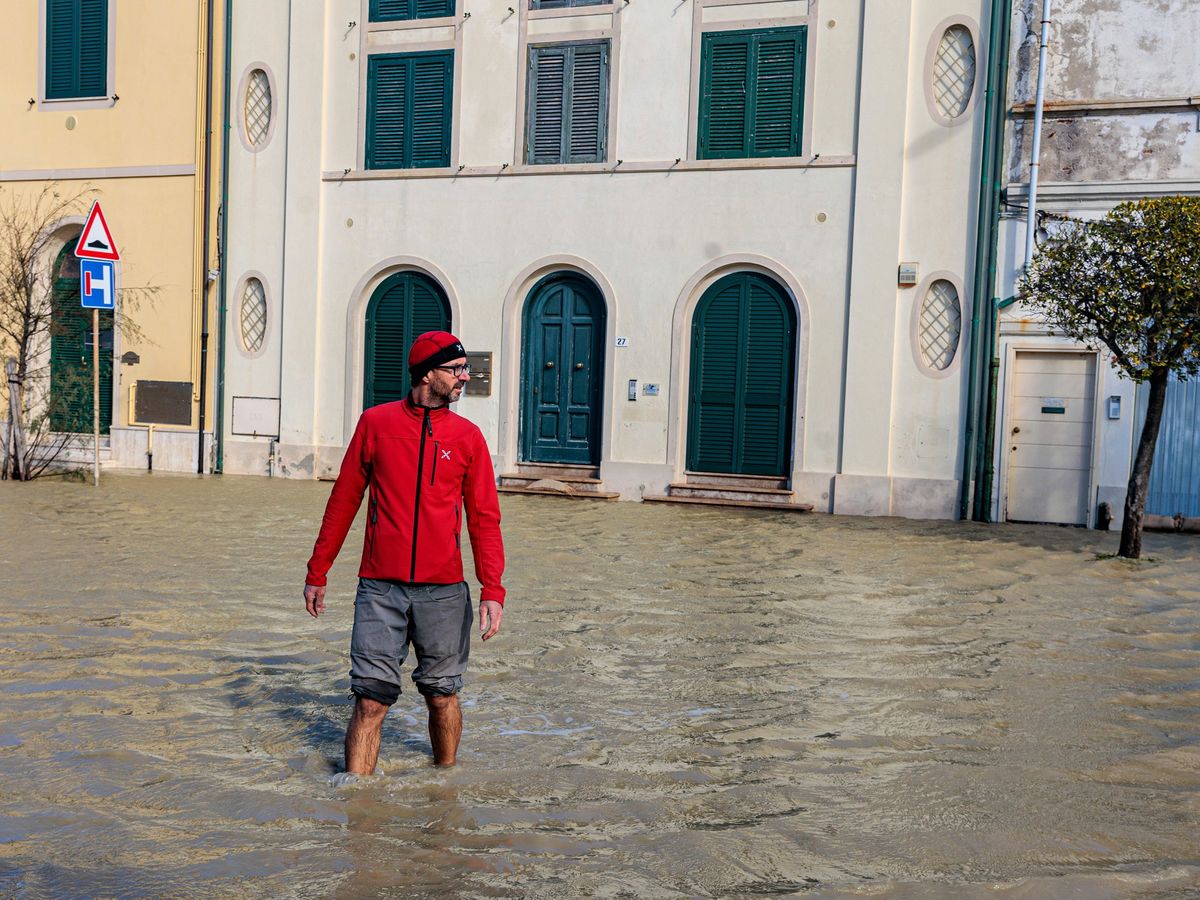This article is part of our exclusive IEEE Journal Watch series in partnership with IEEE Xplore.
As the frequency of extreme weather events rises in recent years, there is also a growing need for accurate and precise hydrological knowledge in order to anticipate catastrophic flooding. Hydrology—the study of the Earth’s water cycle—has played a big role in human civilization for thousands of years. However, in a recent paper, a team of researchers argue that hydrology’s outdated methodology is holding the field back, and that it is time for the field to move on from complex theoretical models to predictive models built using machine-learning algorithms.
Hydrologists and computer network researchers collaborated on a proof-of-concept machine-learning model that can make hydrological predictions. Hydrology models already exist, said Andrea Zanella, professor of information engineering at the University of Padova in Italy, but those traditional models are mathematically complex and require too many input parameters to be feasible.
Using machine-learning techniques, researchers were able to train a model that could, using the first 30 minutes of a storm, predict occurrences of water runoff or flooding up to an hour before they might happen. Zanella, who is also coauthor on the study, said that the study was only the first step toward building a model that would ideally predict the occurrence of water runoff with a few hours of lead time, which would give people more time to prepare or evacuate an area if necessary.
Precipitation like rain or snow happens relatively infrequently, so sensors may not record any data at all during a downpour. And when they do, they usually won’t have enough data points to capture a storm’s progression in much detail.
The work toward reaching that goal “is not simple at all,” Zanella said. “But the methodology that we propose seems to be a first step towards that.”
Researchers trained their machine-learning model with input-data parameters like rainfall and atmospheric pressure obtained from sensors at weather stations. Their output-data parameters, like soil absorption and runoff volume, were a combination of data they collected and additional synthetic data generated using traditional theoretical models. Synthetic data was necessary, Zanella said, because there is a lack of the kind of data necessary to build dependable machine-learning models for hydrology.
The lack of data is the result of current data-collection practices. Currently, hydrological data is collected using sensors at predetermined time intervals—usually every few hours, or even days. This method of data collection is inefficient because only a small proportion of the collected data is useful for modeling. Precipitation like rain or snow happens relatively infrequently, so sensors may not record any data at all during a downpour. And when they do, they usually won’t have enough data points to capture a storm’s progression in much detail.
In their study, researchers suggest that more sensors and a variable rate of data collection may help solve the problem. Ideally, sensors would significantly ramp up data collection when there’s precipitation and slow down collection when conditions are fair.
Output data like the absorption of water by the soil is especially difficult to come by, even though it is important for building machine-learning models by matching observations with predictions about runoff effects. The difficulty is in the need to take soil samples and analyze those samples, which is both labor intensive and time consuming.
Zanella said that weather sensors should also incorporate some form of data preprocessing. Currently, researchers downloading data from sensors must sift through a large amount of data to find useful precipitation data. That’s not only time consuming but also uses space that could instead store more relevant data. If data processing were to occur automatically at weather stations, it could help clean up the data and make data storage more efficient.
The study also stressed the importance of improving data-visualization tools. As a field with important practical applications, hydrological information should be easy to understand for a wide audience from diverse technical backgrounds—but that currently isn’t the case today. For example, graphs that show the intensity of rainfall over time, called hyetographs, are especially notorious for being difficult to understand.
“In most cases, when you look at the management of water resources, these people who are in charge are not [technical] experts,” Zanella said. “So we need to also develop some visualization tools that help these people to understand.”
Zanella said researchers from different disciplines will need to collaborate to significantly advance the field of hydrology. He hoped more researchers with wireless communications and networking backgrounds would work in the field to help tackle its challenges.
The researchers published their work on 25 September in IEEE Access.


